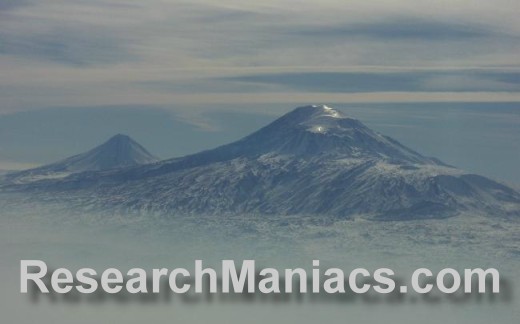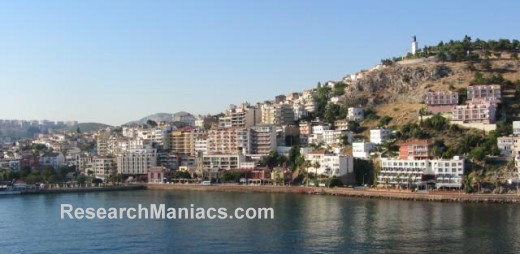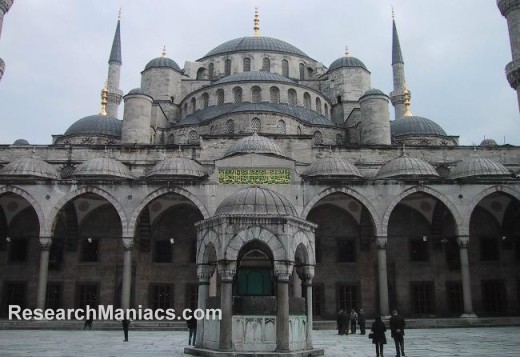Turkey
Information about Turkey
Modern Turkey was founded in 1923 from the Anatolian remnants of the defeated Ottoman Empire by national hero Mustafa KEMAL, who was later honored with the title Ataturk or "Father of the Turks.
" Under his authoritarian leadership, the country adopted wide-ranging social, legal, and political reforms.
After a period of one-party rule, an experiment with multi-party politics led to the 1950 election victory of the opposition Democratic Party and the peaceful transfer of power.
Since then, Turkish political parties have multiplied, but democracy has been fractured by periods of instability and intermittent military coups (1960, 1971, 1980), which in each case eventually resulted in a return of political power to civilians.
In 1997, the military again helped engineer the ouster - popularly dubbed a "post-modern coup" - of the then Islamic-oriented government.
Turkey intervened militarily on Cyprus in 1974 to prevent a Greek takeover of the island and has since acted as patron state to the "Turkish Republic of Northern Cyprus," which only Turkey recognizes.
A separatist insurgency begun in 1984 by the Kurdistan Workers' Party (PKK) - now known as the People's Congress of Kurdistan or Kongra-Gel (KGK) - has dominated the Turkish military's attention and claimed more than 30,000 lives.
After the capture of the group's leader in 1999, the insurgents largely withdrew from Turkey mainly to northern Iraq.
In 2004, KGK announced an end to its ceasefire and attacks attributed to the KGK increased.
Turkey joined the UN in 1945 and in 1952 it became a member of NATO.
In 1964, Turkey became an associate member of the European Community.
Over the past decade, it has undertaken many reforms to strengthen its democracy and economy; it began accession membership talks with the European Union in 2005.

Above picture: A view of Mount Ararat in eastern Turkey through the fog. The highest of its two peaks, Greater Ararat, is the tallest mountain in Turkey at 5,166 m (16,949 ft). Although located some 32 km (20 mi) from the Armenian border, the dormant volcano dominates the skyline of Yerevan, Armenia's capital. This photo was snapped after take off from the Yerevan airport.

Above picture: View of the port of Kusadasi on the Aegean Sea. The name Kusadasi means "Bird Island." In Byzantine times it was called "Ephesus Neopolis" and "Scala Nova" under the Genoese and Venetians. Its current name was officially adopted at the beginning of the 20th century by Turkish authorities. Kusadasi is the gateway to the Roman ruins at Ephesus. Some 95 km (57 mi) south of Izmir, it has grown since the late 1970s from a fishing village into a major tourist center serving thousands of tourists. A statue of Kemal Ataturk, the first president of Turkey and the founder of the Turkish Republic, stands on a hill overlooking the city.

Above picture: The Sultan Ahmed Mosque (also known as the Blue Mosque) in Istanbul is the national mosque of Turkey.
|
|
|
|